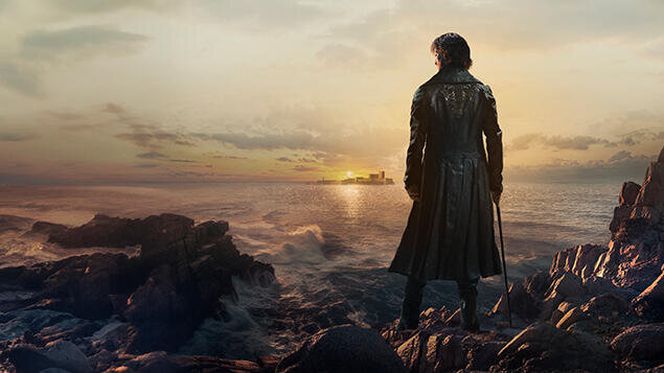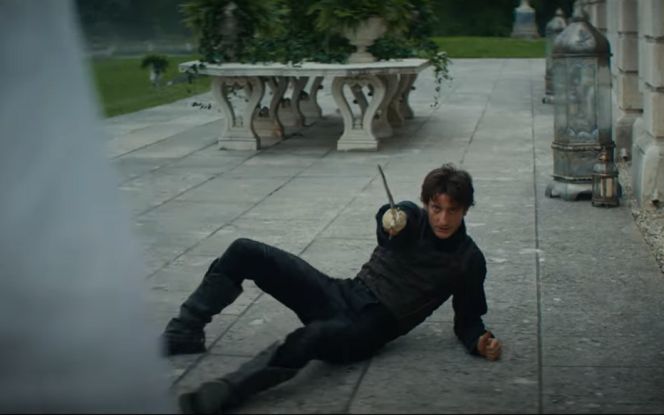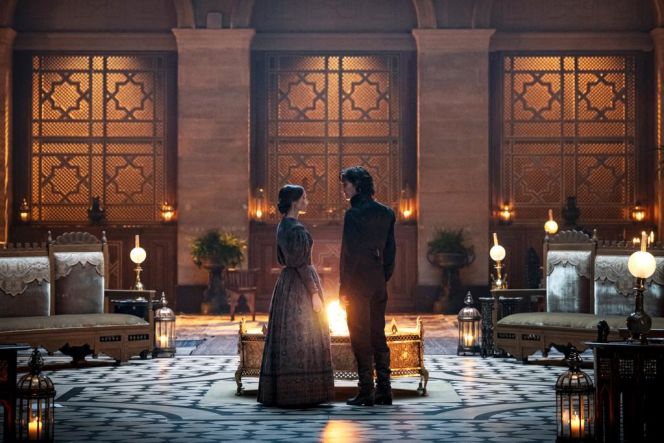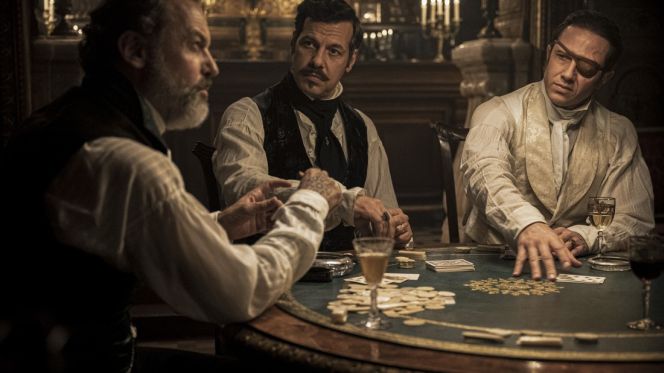MOVIE REVIEW – If you’re craving a top-tier, visually stunning period piece with a riveting, emotion-packed narrative that boasts a razor-sharp screenplay and top-notch performances, here’s your chance to relive a classic story, now wrapped in a modern-day production. The latest adaptation of The Count of Monte Cristo premiered to thunderous applause at the Cannes Film Festival, and for good reason. French elegance, epic settings, and a tale that captivates across generations – this Pathé Films production revives Dumas’ classic in spectacular fashion. But does it connect with today’s audience?
A masterful reimagining of a classic novel meets modern cinema in the 2024 adaptation of The Count of Monte Cristo, which brings the romance and tragedy of Alexandre Dumas’ masterpiece to life in a lavish French period drama. Directed by Matthieu Delaporte and Alexandre de La Patellière, the film debuted at the 77th Cannes Film Festival, where it received an 11-minute standing ovation. Produced by Pathé Films, the same studio behind the success of The Three Musketeers: D’Artagnan (2023), this film continues the studio’s tradition of adapting beloved French literary classics. It’s become a domestic box office hit, not only in terms of revenue but as a cultural event, staying true to one of France’s most cherished stories.
A Tale of Revenge, à la Française
The film follows the tragic journey of Edmond Dantès (Pierre Niney), who is falsely accused of treason and imprisoned in the dreaded Château d’If. After years of suffering, Dantès escapes, only to return as the Count of Monte Cristo, seeking revenge on those who destroyed his life.
His targets include his former friend Fernand de Morcerf (Bastien Bouillon), the corrupt prosecutor Gérard de Villefort (Laurent Lafitte), and the envious Danglars (Patrick Mille), all of whom played a role in Dantès’ downfall.
Interwoven is his deep love for Mercedes (Anaïs Demoustier), who remains unaware of his true fate and has moved on with her life. Dantès’ gradual but painful transformation is at the heart of the film, as the once hopeful and naive young man slowly loses his innocence and humanity during his years of imprisonment, with vengeance and rage taking their place.
Visually Stunning with Expert Direction
The film’s visual splendor is breathtaking. Cinematographer Nicolas Bolduc delivers a stunning contrast between the dark, oppressive walls of Château d’If and the sunlit estates of the wealthy. The play of light and shadow heightens the themes of secrets, betrayal, and revenge. Dynamic camera movements amplify the emotional turmoil of the characters, especially as Dantès navigates his intricate web of revenge.
The stark contrast between the castle and prison is not just visually powerful but symbolically rich as well. The darkness that reigns within the prison walls mirrors the darkness overtaking Dantès’ soul. Directors Delaporte and de La Patellière guide the story with precision, skillfully balancing action-packed sequences with introspective moments.
The film dives deep into the destructive power of revenge and the consuming obsession that drives Dantès, ultimately showing that his desire for vengeance may destroy not only his enemies but also himself. One of the film’s greatest strengths is its portrayal of revenge as an inescapable spiral, dragging everyone into its wake.
A Masterclass in Character Arcs and French Acting
The performances are exceptional, with Pierre Niney delivering a mesmerizing portrayal of Edmond Dantès. He deftly captures the character’s transformation from a naive young man to a ruthless, vengeful figure. The film remains faithful to Dumas’ original text while offering a modern, accessible narrative for contemporary audiences. Niney’s performance is particularly moving when portraying Dantès’ inner conflict—can revenge truly bring him peace, or will it plunge him deeper into anguish? Bastien Bouillon shines as Fernand de Morcerf, a man without a conscience, who betrays his former friend in his lust for power and wealth.
Laurent Lafitte’s corrupt prosecutor perfectly embodies ambition and moral decay, while Patrick Mille’s Danglars is the quintessential money-hungry schemer, willing to sacrifice anything and anyone for his own gain. The ensemble cast’s dynamic interactions bring the story to life, delivering emotional depth and nuance to every scene.
One of the Best Adaptations of Dumas’ The Count of Monte Cristo
In summary, The Count of Monte Cristo is a masterpiece, deserving a place among the finest cinematic adaptations of Dumas’ works. Matthieu Delaporte and Alexandre de La Patellière’s screenplay weaves every plot twist together with tight pacing, ensuring the audience never loses track of the intricate storyline.
The one minor flaw may be the somewhat rushed conclusion to the Danglars subplot, which feels less cathartic compared to the novel and previous adaptations. However, for those unfamiliar with the source material, this may go unnoticed. Regardless, the film stands as a brilliant artistic reflection on the nature of revenge and its soul-crushing consequences. After the success of The Three Musketeers adaptation, I can only say once again to contemporaty filmmakers of period dramas:
“Keep your eyes on Paris!”
–Herpai Gergely “BadSector”–
The Count of Monte Cristo
Direction - 9.2
Actors - 9.4
Story - 8.6
Visuals/Music/Sounds - 9.6
Ambience - 9.2
9.2
AWESOME
The Count of Monte Cristo is not just another adaptation but a modern masterpiece that breathes new life into Dumas’ classic novel with a fresh perspective and stunning direction. Pierre Niney’s performance is exceptional, and the visual presentation is opulent, thanks to Nicolas Bolduc’s cinematography. The only slight weakness is the somewhat hasty Danglars arc, but this does not diminish the film’s overall brilliance.


















Leave a Reply